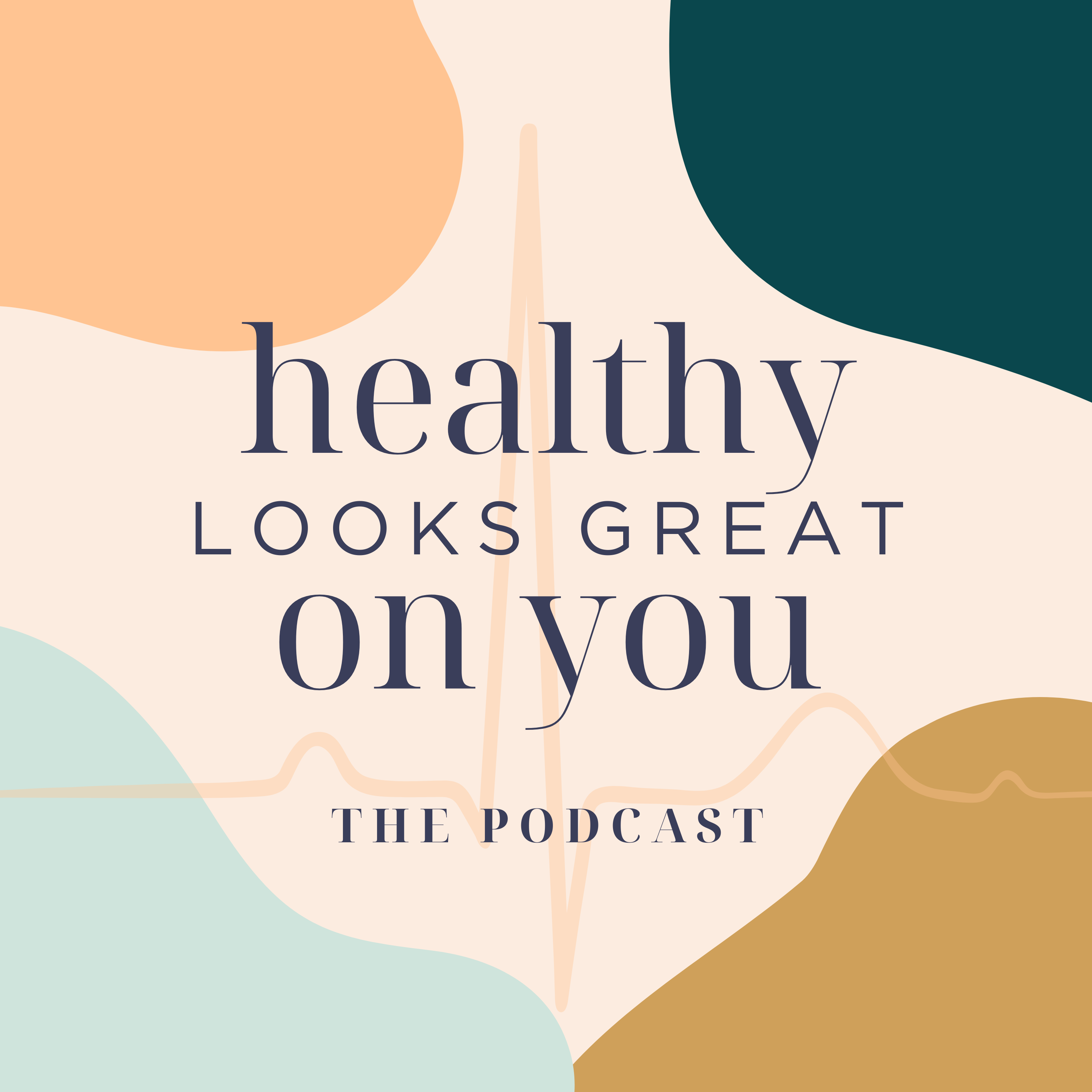Is Butter Better? The Facts About Fats7-Day Mini-Course designed to kickstart real, lasting health. This isn’t another “perfect plan.”It’s your real-life solution for getting healthy without overhauling your life overnight.Hosted by: Vickie Petz Kasper, M.D. American...

Is Butter Better? The Facts about Fats
Is Butter Better? The Facts About Fats
Ready to Kickstart to lost belly fat and live healthier?
7-Day Mini-Course designed to kickstart real, lasting health. This isn’t another “perfect plan.”
It’s your real-life solution for getting healthy without overhauling your life overnight.
Hosted by:
Vickie Petz Kasper, M.D.
American Board of Lifestyle Medicine Diplomate
Learn more about Dr. Vickie
Three Simple Strategies to Sleep Better
Download your free cheat sheet to start sleeping smarter tonight.
If you’ve ever tried to make sense of saturated fats vs unsaturated fats, you know the internet has opinions—loud ones. But your body doesn’t run on opinions. It runs on biochemistry, and the structure of a fat determines exactly how it behaves once you eat it.
Let’s break down the real science in a way that’s simple, practical, and actually applies to your everyday meals.
Protein gets all the love, carbs get blamed for everything, and fat gets stuck in the middle wearing a hoodie trying not to be noticed. But fat is one of the three major macronutrients your body needs, and not all fats play the same role.
Fat has more calories per gram (9 kcal) than carbs or protein (4 kcal), which is one reason it’s been misunderstood for decades. But calories are only one piece of the story. Structure matters—and this is where the difference between saturated and unsaturated fats really shows up.
Saturated fats are straight, tightly packed chains—picture uncooked spaghetti. They’re solid at room temperature:
-
Butter
-
Cheese
-
Ice cream
-
Full-fat yogurt
-
Red meat
-
Shortening
Because their structure is straight and dense, these fats tend to behave the same way inside your body. They can raise LDL (“bad”) cholesterol and increase the risk of heart disease. That’s why the American Heart Association recommends keeping saturated fat to less than 6% of daily calories.
This doesn’t mean you can never eat them—it simply means they shouldn’t be the foundation of your meals.
Unsaturated fats have bends—or “kinks”—in their structure. Imagine curly pasta like fusilli. They don’t stack easily, which means they don’t clog as easily either.
These fats are liquid at room temperature and found in:
Monounsaturated fats (one kink)
-
Olive oil
-
Avocados
-
Nuts
-
Peanut and canola oils
Polyunsaturated fats (multiple kinks)
-
Walnuts
-
Chia and flax seeds
-
Soy foods
-
Fatty fish like salmon
These are the fats shown to:
-
Reduce LDL cholesterol
-
Lower inflammation
-
Support brain function
-
Help absorb vitamins A, D, E, and K
Most Americans don’t eat nearly enough of these protective fats.
You don’t need a total diet overhaul. Just shift the balance:
-
Use olive oil instead of butter when cooking.
-
Add nuts or seeds to breakfast.
-
Swap cheese on a sandwich for avocado.
-
Enjoy salmon or another fatty fish once a week.
-
Keep walnuts or almonds as a quick snack option.
Small changes, big payoff.
Want Help Building Balanced Meals?
If you want to see exactly what I keep stocked for fast, healthy meals with the right blend of protein, carbs, and healthy fats, download my No Plan, No Problem Pantry Guide on the website.
Grab your free pantry guide here Quick Meals; Not Quick Fixes
Healthy looks great on you—from your arteries to your energy levels.
Dietary Guidelines for Americans 2020-2025 HERE

Need a kickstart to healthier habits?
Enroll in Kickstart to Lose Belly Fat and Live Healthy ($47)
Related Episodes
Is Butter Better? The Facts about Fats
Frozen Shoulder with Preeti Jha, DPT
Frozen shoulder in menopause explained. Learn early signs, stages, and movement tips to prevent stiffness and protect long-term mobility.
How Not To Blow Your Diet During the Holidays
Stay healthy during holiday eating with simple strategies to avoid overeating and keep your energy steady all season long. This is about strategy not willpower.






